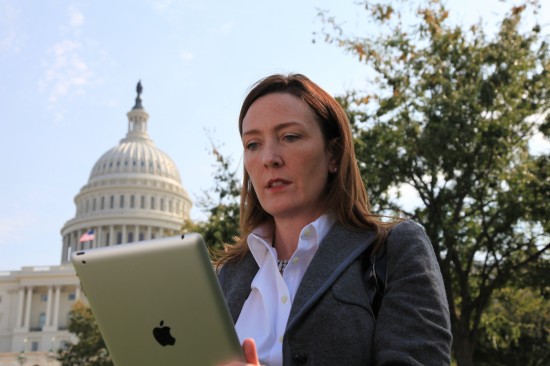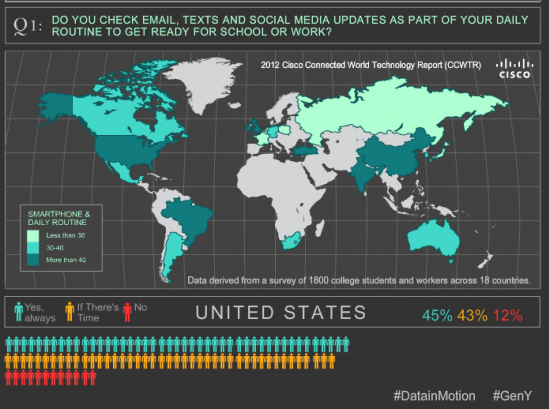This is my first year as an attendee at the Gartner DC conference. I’ve been here once before working demos on the tradeshow floor, but this year it’s purely about information gathering. Tradeshows floors are great. You get to wander around and chat with a captive audience of your industry peers, partners, and “frenemies” collecting pens and light up bouncy balls. Based on where the swag really ends up, I think the pen purchasers really need to start thinking about logo branded crayon packs. But there is so much to learn in the conferences even in the most unexpected sessions.
 My primary take aways from the initial keynotes were that Hadoop is a strong early adoption application candidate for cloud in a non-virtual context (Hadoop in the data center was recently covered in Jason Rapp’s blog) , that commodity compute is the leader in cloud computing (I cried a little on the inside with this one), and that personnel development and team building/creation is one of the biggest factors in an IT success story.
My primary take aways from the initial keynotes were that Hadoop is a strong early adoption application candidate for cloud in a non-virtual context (Hadoop in the data center was recently covered in Jason Rapp’s blog) , that commodity compute is the leader in cloud computing (I cried a little on the inside with this one), and that personnel development and team building/creation is one of the biggest factors in an IT success story.
For day one the celebrity keynote was from Captain Chesley Sullenberger which seemed out of place before listening to him. His talk about teamwork, process, and respect leading to his success in pulling off that harrowing landing on the Hudson spanned well from the people aspect of organizations, and was a very enjoyable listen.
These take aways seem to me even more critical as IT organizations have to quickly evolve their data centers to meet demanding business requirements, without expecting additional resources .
Gartner does a very nice job of interactive polling within their conference. For the starting keynote the audience poll (~2,000?) revealed that budgets edging up, but for the greatest number of attendees are mainly flat.
It seems that 34% of the audience has to deal with a flat budget, 20% of the attendees benefit from a marginal increase (<5%), and 14% experience a small decrease (<5%)
Talking about data center evolution, as a Cisco guy, I had absolutely to attend (by choice ) David Yen’s presentation. David is our Sr VP & GM in charge of our DC Technology Group, so he’s the big picture for anything Cisco in the Data Center. He is a Phd, with a very large experience in compute, applications and network, acquired through executive role at Sun Microsystems, Juniper and Cisco. David’s talk was about the evolution of the data center and the relevance of Cisco -You may want to check the blog from Giuliano Di Vitantonio, VP Marketing Data Center and Cloud with slides and videos “ The Evolving Data Center : Perspectives from the Gartner DC Conferences” In his presentation David Yen covered some of the background for the evolution of the data center model, and the gains to be expected in the fabric model we see through Fabric Path in optimization of the new East/West data patterns.
This all has a strong relationship to our Unified Computing System solution. Which as a server platform “loaded with features ” might be perceived at some disadvantage in comparison to commodity compute, we’re happy to see that in reality our customers have placed us at #3 in datacenter compute world wide, and #2 in the US for an implementation that is only three years into the market, thanks to providing strong management capabilities, system agility, and dynamic integrated network functionality, as well as great TCO. As proof points , you may want to check Bill Shields blogs on this topic, but also the Cisco Buil& Price website with promotions of the month.
This Conference gave me also the opportunity to discuss other “more technical ” topics such as security for cloud and virtual services.
So stay tuned, as I will be back in January for additional conversations.




CONNECT WITH US